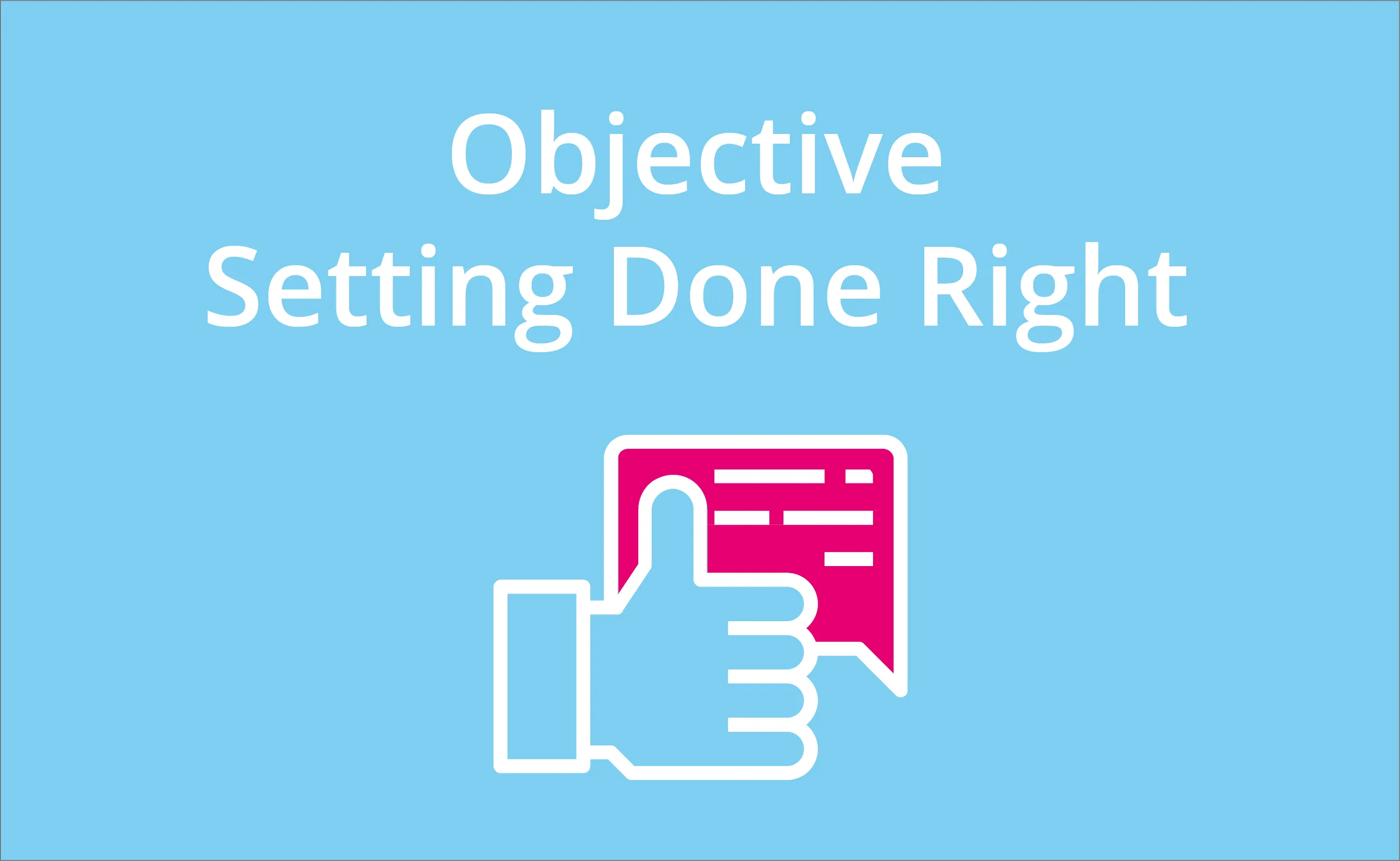
Account plans help you build a blueprint to make sure that no project, partner or customer is left ignored. It ensures that you have a set of action steps to accomplish your objectives.
For example, what does your sales team need to persuade your partners and customers? How will you increase sales? Which are the clients you need to work with?
An account plan is the answer to all these questions. It’s the plan that helps you nurture relationships, pay attention to the right customers and clients so your company can move forward.
Previously, I explained why it’s important to create an account plan. In this blog post, I want to make it more concrete and actionable. I’ll discuss the three building blocks of a great account plan - so you can get started to creating your own.
1. Assessment
The first step is an assessment.
You need to assess your accounts and account partners through a SWOT analysis.
A SWOT analysis looks at an account’s strengths, weaknesses, opportunities and threats. It’s a very basic tool that’s used by companies to create a strategy that leverages their strengths and considers possible disadvantages and threats.

Once you’ve created a SWOT analysis, it’s time to consider the strategic business objectives of your partner. What’s the general position of your account partner? Describe how their business objectives complement the assessment you’ve made through the SWOT analysis.
Next, assess your account based on different profile criteria. On a scale of 1 to 10, what is their potential? What is the competitive pressure of your account from 1 to 10? Think of all the criteria that’s necessary to create a great profile of your account.
2. Objectives and Key Results (OKRs)
Once you’ve made an assessment of your accounts, group them based on subsets. Segment accounts that have similar needs and profile criteria. This lets you have a clear and more common approach when managing them. The next step is to look at OKR - which makes the objective and activity measurable. Define the measurements you’ll use to track your progress and make your plans more concrete.

Progress can be based on the following criteria:
- Customer experience
- Continuous improvement
- Relationships
- Improved financial performance
- Process efficiencies
- Quality
When you choose OKRs, think about the activity and investments you’ll make on a long-term basis. Will you measure your campaigns and progress based on a yearly basis or seasonal activity?
This is also a part of the OKR.
3. Following-up
An account plan is only actionable if you follow-up.
Ideally, the plan must be made together with your partner because it’s like a joint business deal. This means it has to be validated by your account manager and partner.The frequency of your follow-ups will be based on your clients. You can follow-up quarterly for large clients or follow-up every 6 months for smaller clients.
During the follow-up, you have to discuss what works and what doesn’t. You can modify and change your campaigns and strategies to adapt with the current business environment.
Of course, the account plan needs to be digitally accessible. It has to be shareable with your account partner - since you’ll be making changes and evaluating your progress every few months.
We recommend you use a Business Relationship Management (BRM) tool to keep track of your account plans and account partners.
How does your business create an account plan?
Learn more from our BRM Academy video



